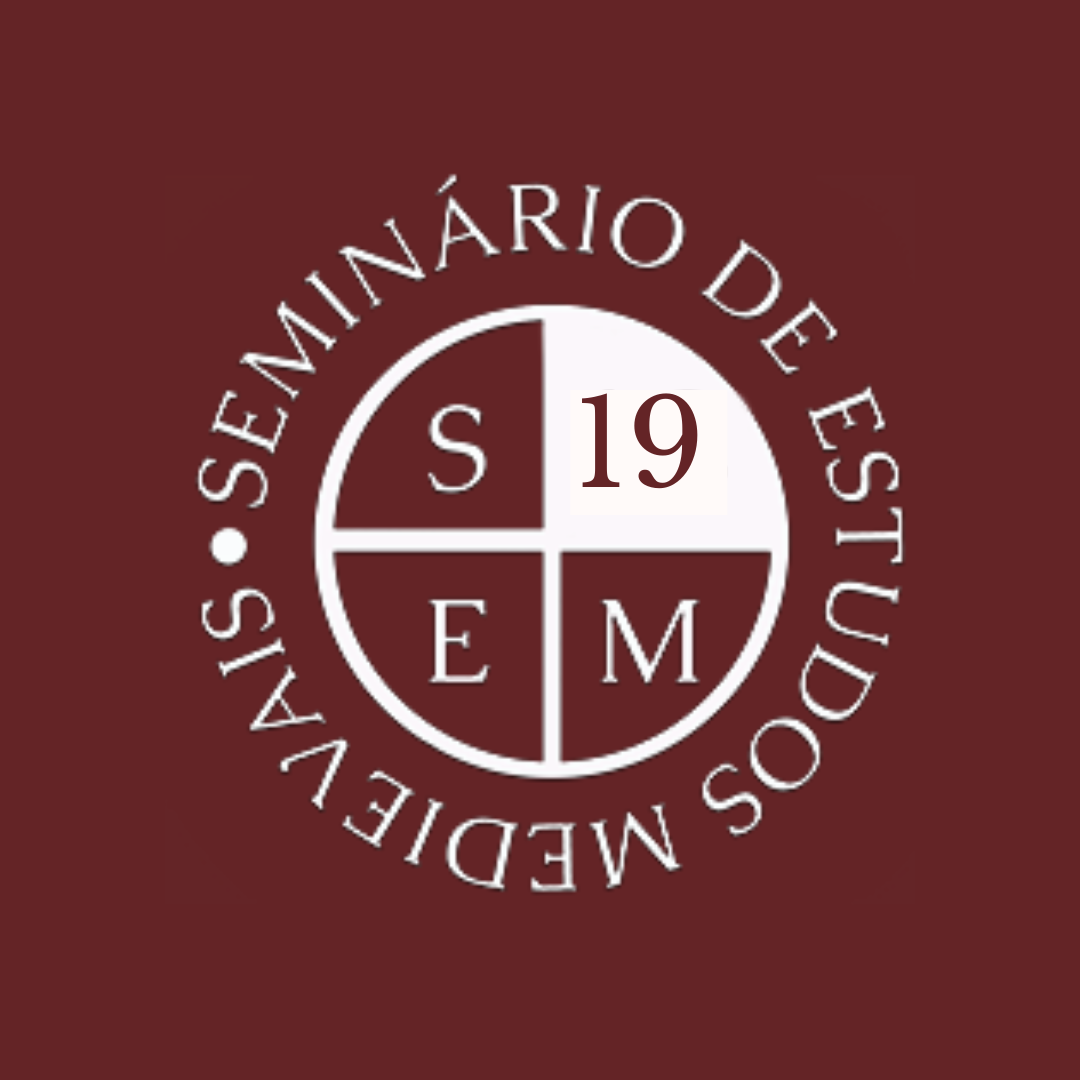Seminar in Medieval Studies: «Un proyecto de autoridad espiritual femenina: beatas y monjas con liderazgo en el Medievo castellano» – Rebeca Sanmartín Bastida
18.11.2019 | 18:00
Anfiteatro 209, Colégio Almada Negreiros, Lisbon

The project La conformación de la autoridad espiritual femenina en Castilla aims to analyze the emergence of female authority in the environment of Castilian convents and “beaterios”, as well as in its relationship with the court space, from the early fifteenth century to the mid-sixteenth century. The purpose is to investigate the ways in which female religious discourse is used to give women access to the public sphere. There are still large gaps about this period, although it is crucial, since it was during these years that the modalities of female authority that served as a starting point for the later stage were configured. Politics and religion thus helped to create discursive styles and textual communities that gave women power in a distinctive way. In recent decades, the presence of charismatic women (with features such as visions, prophecies and ecstasies) in Castile has been investigated, and it has been concluded that a change occurred at the end of the Middle Ages and during the Reformation that led to a new model of female sainthood where these supernatural phenomena were essential for the relationship of these women with the court, shaping the phenomenon of the living saints. But, although during the first half of the 16th century the process of the cloistering of these women who had acted as religious leaders until then culminated and there were persecutions of visionaries, particularly of the enlightened women, these figures continued to enjoy prestige and power.
About the speaker:
Rebeca Sanmartín Bastida is full professor of Spanish Literature at the Complutense University of Madrid (accredited to full professor) and focuses her research on the performativity of the literature of the fifteenth and sixteenth centuries (Teatralidad y textualidad en el “Arcipreste de Talavera”, Queen Mary University, 2003; El arte de morir: La puesta en escena de la muerte en un tratado del siglo XV, Iberoamericana, 2006), after having researched on 19th century medievalism (Imágenes de la Edad Media: La mirada del Realismo, CSIC, 2002). Sanmartín Bastida has already worked on the subject of this research project in La representación de las místicas: Sor María de Santo Domingo en su contexto europeo (Real Sociedad Menéndez Pelayo, 2012), Las Revelaciones de María de Santo Domingo (Queen Mary, University of London, 2014; with María Luengo), and La comida visionaria: Formas de alimentación en el discurso carismático femenino del siglo XVI (Critical, Cultural and Communications Press, 2015). She has also edited volumes on contemporary medievalism, the allegorical resource, the medieval sermon, fifteenth- and sixteenth-century heterodoxy, and Saint Teresa. In her previous R&D Research Project, “The construction of female sanctity and visionary discourse (15th-16th centuries): analysis and recovery of conventual writing” (Ref. FFI2012-32073, 2013-2015), she studied the cultural construction of sanctity from a performative perspective. Sanmartín Bastida has worked for several years at the Consejo Superior de Investigaciones Científicas (1996-2004) and at the University of Manchester (2001-2003) and has enjoyed research stays at the Sorbonne University (Paris IV) and Harvard; she has also been Visiting Professor and Research Fellow at Queen Mary University, London (2008), Nottingham (2014) and Trento (2016).
